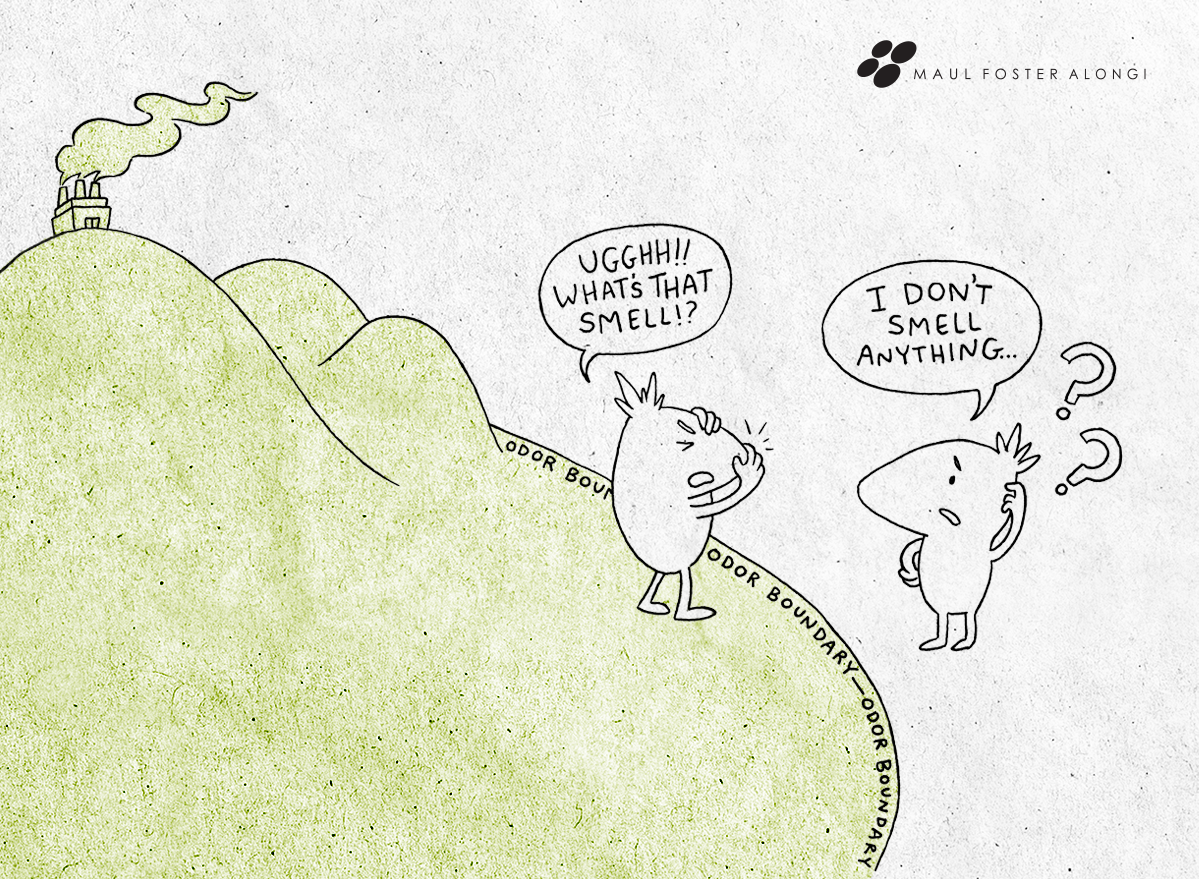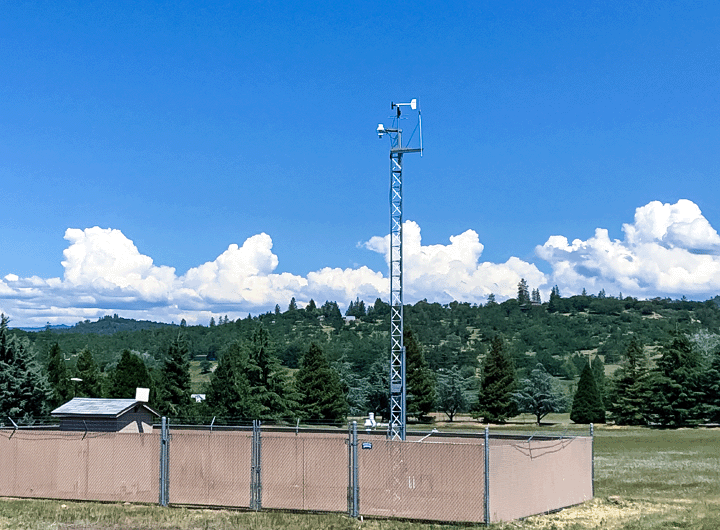Thought Leadership
Facility Odor Issues, Complaints, and Tools to Predict Them

Facility odor issues are very subjective and strangely regulated. For facility property developers looking to build a project, anticipated odors can be a stumbling block to regulatory approval. Additionally, odors can lead to a contentious relationship between a facility and the surrounding community.
Where does facility odor come from?
Odors can come from a wide variety of sources, including food processing, transfer stations, and auto body painting, to name a few. Some odors are not offensive to most people (e.g., baking bread), and others may be considered highly offensive (e.g., rotten eggs). Some facilities may intermittently emit odors when nobody is around to complain. Other facilities may have a constant source of odor. The only certain odor determinations are those based on measurements taken while the facility is operating. But that’s too late to ease the anxiety of anyone involved in permitting the construction of a project, and often too late to satisfy a concerned public.
Can facility odor issues be predicted?
Fortunately, it’s possible to predict the likelihood of odor issues before a facility is even developed, using advanced dispersion modeling:
- Emission estimation. As a first step, the developer needs to determine the type and emission rate of odor pollutants that may be produced from the facility. Often these are not regulated pollutants and they may or may not have published emission factors, so predicting these emission rates can involve a bit of research.

- Dispersion model. Using EPA’s AERMOD dispersion model, a site-specific analysis of downwind pollutant concentrations is developed based on emission rates, building dimensions, release point characteristics, topography, and meteorology. Concentration isopleths are plotted to show how pollutant levels decrease as emissions move downwind.
- Odor thresholds. The ability of humans to smell odors depends on each individual’s sensitivity and the chemical structure of the pollutant. Some pollutants are smelled at very low concentrations and others are not. The concentration at which an odor compound can be detected is called the odor threshold. A range of odor thresholds can be determined from publicly available research.
- Odor boundary mapping. Knowing the odor thresholds and having a dispersion model that has determined downwind pollutant concentrations allows the developer to map the boundary at which each odor compound will no longer be detectable by most humans’ sense of smell.
How to use an odor boundary map
An odor boundary map is a great first step in determining whether your operations may create an off-site odor issue that will result in complaints. If the odor boundary map shows that all residences and public places are outside the odor boundary, it’s highly unlikely that any

one will smell the odor and less likely that your operations will lead to odor complaints. As for odors arising inside the odor boundary, it’s not a given that these would generate public concern or complaints, either. Dispersion models are known to be conservative predictors of downwind concentrations, so the actual odor boundary may be closer to the operations’ property boundary. Additionally, due to wind direction and topography, there may be places within the odor boundary that experience odors very infrequently, leading to few, if any, odor complaints from that location.
Get started on your odor evaluation
For anyone considering a project that may produce odors or that uses raw materials that contain odorous compounds, Maul Foster & Alongi is your go-to partner for a predictive odor impact evaluation. We provide services in emission estimation, advanced dispersion modeling, odor threshold evaluation, and odor boundary mapping. We can assist with understanding potential odor impacts and the likelihood of conflicts with the surrounding community. We also have a broad range of communications, community engagement, and data analytics services to help you convey your results and your project mitigation to interested parties in a broad range of formats.



